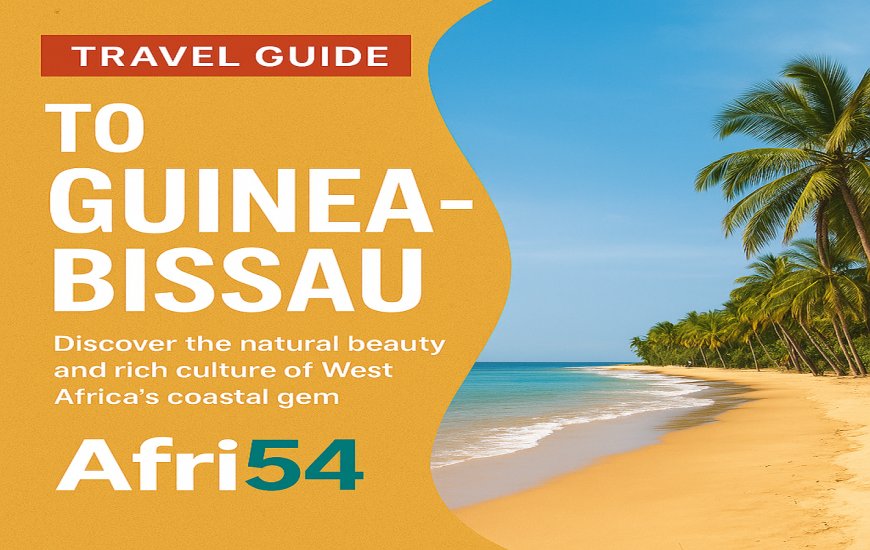Travel Guide to Guinea-Bissau: Small Country, Big Charm
Explore Guinea-Bissau, West Africa’s hidden treasure. From Bissau’s markets to the Bijagós Archipelago’s islands and wildlife, discover the top attractions, culture, and travel tips.

Estimated read: 6 minutes
Guinea-Bissau may be one of West Africa’s smallest nations, but it’s filled with charm, culture, and incredible natural beauty. Known for its Bijagós Archipelago, colorful traditions, and warm people, this underexplored country is a hidden treasure for adventurous travelers.
Here’s your essential guide to Guinea-Bissau.
Quick Facts About Guinea-Bissau
-
Capital: Bissau
-
Currency: West African CFA Franc (XOF)
-
Official Language: Portuguese (Crioulo widely spoken)
-
Climate: Tropical, with a rainy season (June–October) and dry season (Nov–May)
-
Best Time to Visit: November to May (dry season, perfect for island trips)
Top Attractions in Guinea-Bissau
1. Bissau
The capital city is small but lively. Don’t miss the Presidential Palace, Fortaleza d’Amura, and the Mercado Central, where you’ll find vibrant fabrics, crafts, and local food.
2. Bijagós Archipelago
A UNESCO Biosphere Reserve, this chain of 88 islands is Guinea-Bissau’s crown jewel. Known for unspoiled beaches, rich wildlife (including hippos and turtles), and unique matriarchal culture, it’s a paradise for eco-tourism.
3. Orango Islands National Park
Located in the Bijagós, this park is famous for its saltwater hippos — a rare and fascinating sight.
4. Bafatá
The birthplace of independence leader Amílcar Cabral. It’s also a town with traditional architecture, markets, and historic significance.
5. Bolama
Once the capital of Portuguese Guinea, Bolama has colonial ruins, wide streets, and a quiet charm that tells the story of the country’s past.
Culture and Heritage
Guinea-Bissau is known for its Carnaval de Bissau, one of the most vibrant in West Africa. The mix of African and Portuguese traditions is evident in music, dance, and food.
-
Music styles like gumbe and drumming are popular.
-
The Bijagós women play central roles in community life.
-
Colorful attire and lively festivals highlight everyday life.
Food You Must Try in Guinea-Bissau
-
Caldo de Peixe: A delicious fish soup
-
Jollof Rice: Popular across West Africa with a local twist
-
Palm Oil Stews: Rich, spicy dishes made with seafood or chicken
-
Cashew Nuts: The country’s major export, fresh and widely available
Travel Tips for Visitors
-
Portuguese or Crioulo will help, though French is sometimes understood.
-
Infrastructure is limited, especially outside Bissau, so plan accordingly.
-
The islands require boat travel — arrange trips with trusted operators.
-
Carry cash, as ATMs are scarce outside the capital.
-
Respect cultural customs, particularly when visiting rural or island communities.
Final Thoughts
Guinea-Bissau may be small, but it offers travelers big experiences — from the untouched islands of Bijagós to the colorful streets of Bissau. It’s an ideal destination for those seeking authenticity, culture, and unspoiled natural beauty in West Africa.
✨ Have you listed your business on Afri54? Afri54 exists to solve a fundamental challenge faced by millions of African businesses: lack of visibility. Whether you run a guesthouse in Bissau, an island eco-tour in Bijagós, or a cashew trading shop, Afri54 helps bring your business online for the world to see. 👉 Join now


















